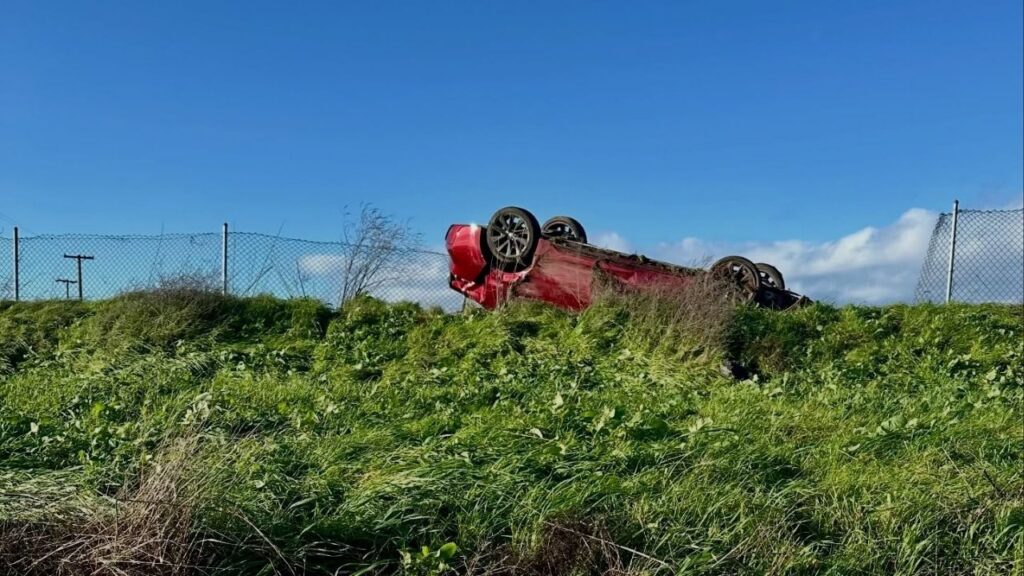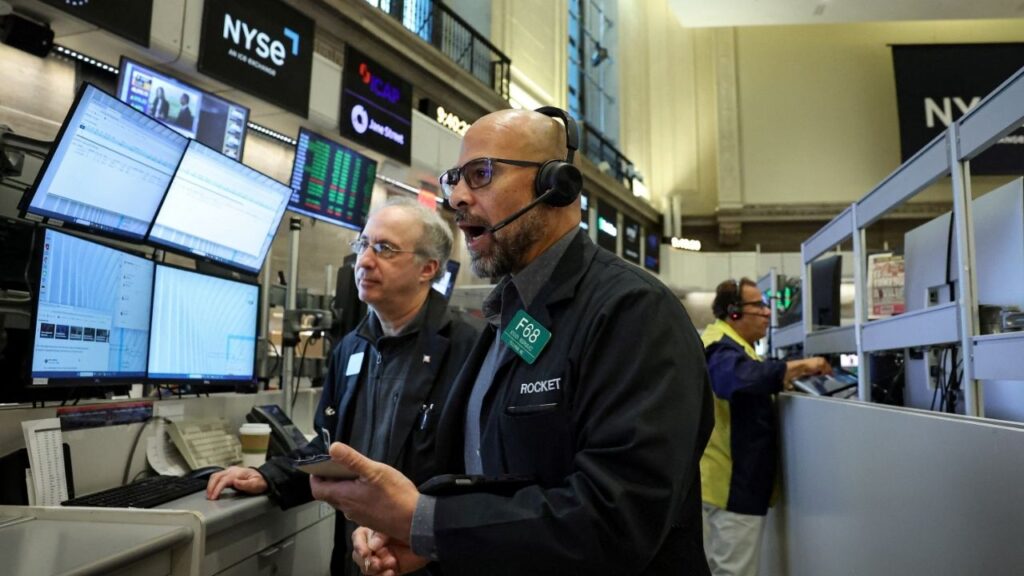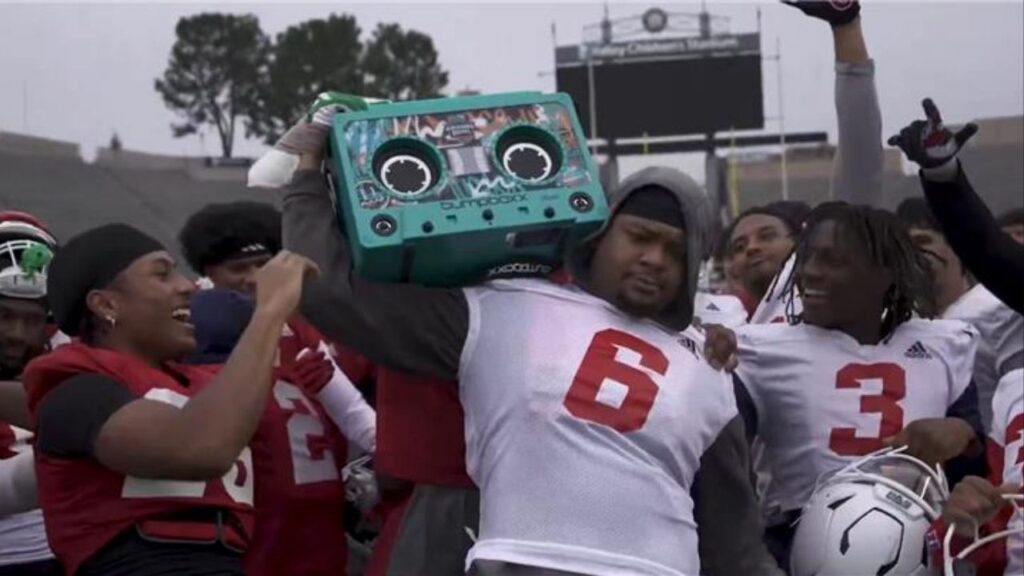Share
It is clear from reading Fresno County Supervisor Steve Brandau’s Oct. 7 opinion piece that he disagrees with Gov. Newsom’s recent executive order mandating that 100% of in-state sales of new passenger cars and trucks are zero-emission by 2035.

Jill Anderson
Opinion
Mr. Brandau also makes it known that he feels utility investments in electric vehicle charging infrastructure like Southern California Edison’s Charge Ready programs, are misdirected.
As a representative of SCE, I am happy to address a number of issues that Supervisor Brandau raised in order to provide your readers a more complete picture.
Mr. Brandau misstates in his article that SCE’s Charge Ready programs put private companies at a disadvantage because they will be forced to compete with utility-owned EV charging. In reality, most of the charging stations installed under Charge Ready are not utility-owned. Instead, our programs help commercial customers who want to install their own EV charging on their properties. Charge Ready funds allow us in most cases to make these improvements at no cost to the to the customer and to provide rebates to help with the purchase of the qualified charging stations.
Can the Grid Handle It? the Answer Is an Emphatic Yes.
Some of our customers who have benefited from this program include a shopping center in Garden Grove, a condo complex in Port Hueneme, the city of Santa Barbara and the El Monte Union High School District.
Rather than limiting private competition as Mr. Brandau asserts, considerable thought went into planning our Charge Ready programs so that they would stimulate the EV market. For example, in addition to the rebates participants receive to help with the purchase of the charging stations, they can also operate the charging stations themselves or contract the operation out to a third-party business.
And even though Charge Ready 2 for passenger vehicles and Charge Ready Transport for medium- and heavy-duty fleets are the largest utility EV infrastructure investment programs of their kind in the nation, the cost to our average residential customer for both combined will only be less than a dollar per monthly electric bill.
Can the grid handle it? The answer is an emphatic yes. Based on SCE’s data-driven analysis of what it will take for the state to achieve its 2045 carbon neutrality goals, we project that our grid and energy supply will keep up with the additional demand for electricity from EVs through 2030 and beyond. We have time to plan for any additional demands from electric transportation throughout this time horizon.
The Residents of Our State… Will All Be Breathing a Little Easier
Finally, preparing the grid for the harsh realities of climate change and the increasing adoption of electric vehicles are not either-or options. Both must be pursued as part of an overall strategy to meet our multiple priorities of strengthening service reliability, helping California meet its clean energy goals, keeping rates affordable and keeping our customers, communities, employees and our critical infrastructure safe from more frequent and extreme wildfires.
And who will benefit from our investments in EV charging? All Californians stand to benefit from the economic stimulus and the clean air that widespread adoption of electric vehicles will bring.
A recent study by the Los Angeles Economic Development Corporation shows that clean energy investments, including electrifying transportation, mean thousands of stable, good-paying jobs — from skilled and craft to high-tech and innovation positions — for Californians.
And the residents of our state—whether we live along transportation corridors near our ports or in the San Joaquin Valley, which has some of the worst air quality in the nation—will all be breathing a little easier.
About the Author
Jill Anderson is senior vice president of Customer Service at Southern California Edison, one of the nation’s largest electric utilities.
[activecampaign form=19]RELATED TOPICS:
Categories

Merced County Crash Prompts CHP Warning About Fatigued Driving

Two Dead in Palestinian Attack in Israel, Israeli Authorities Say

















